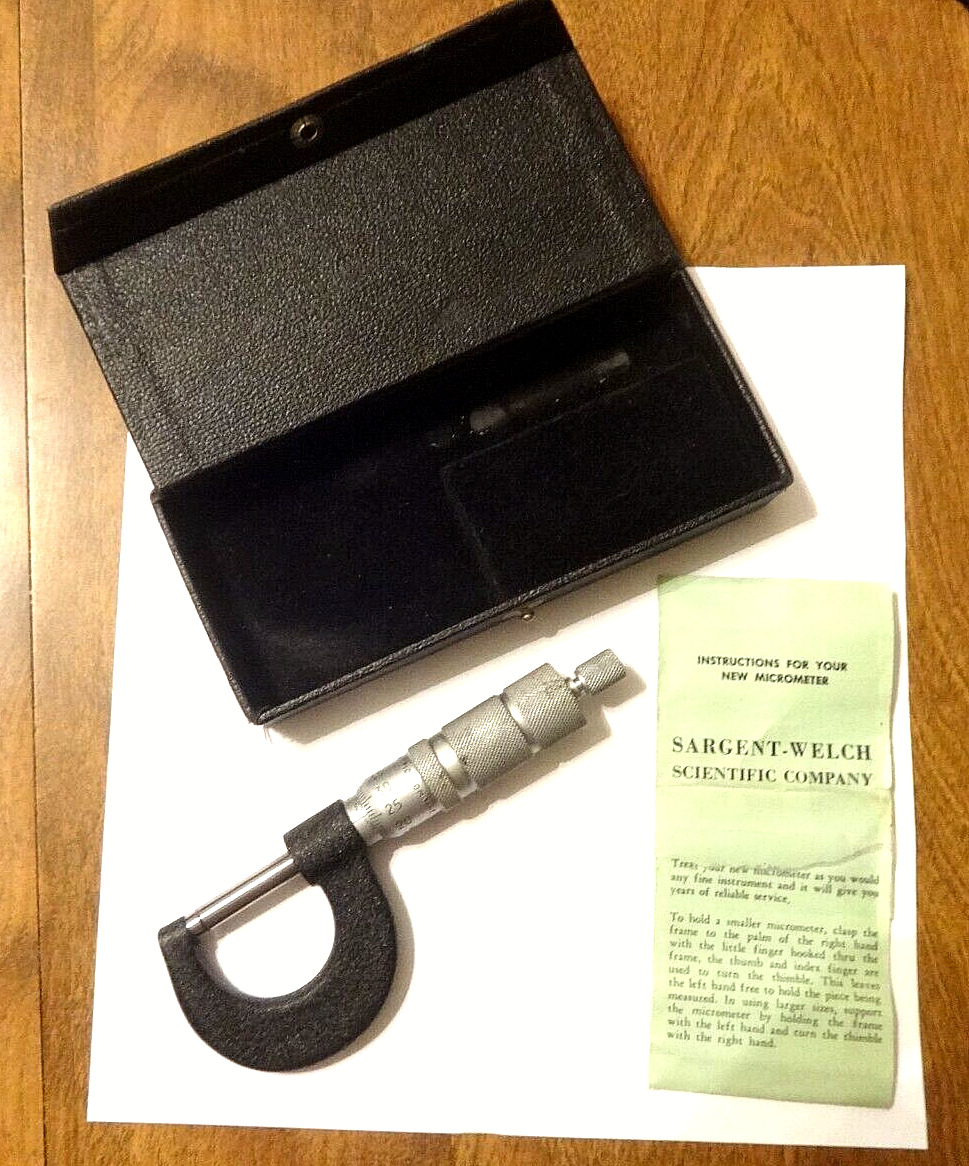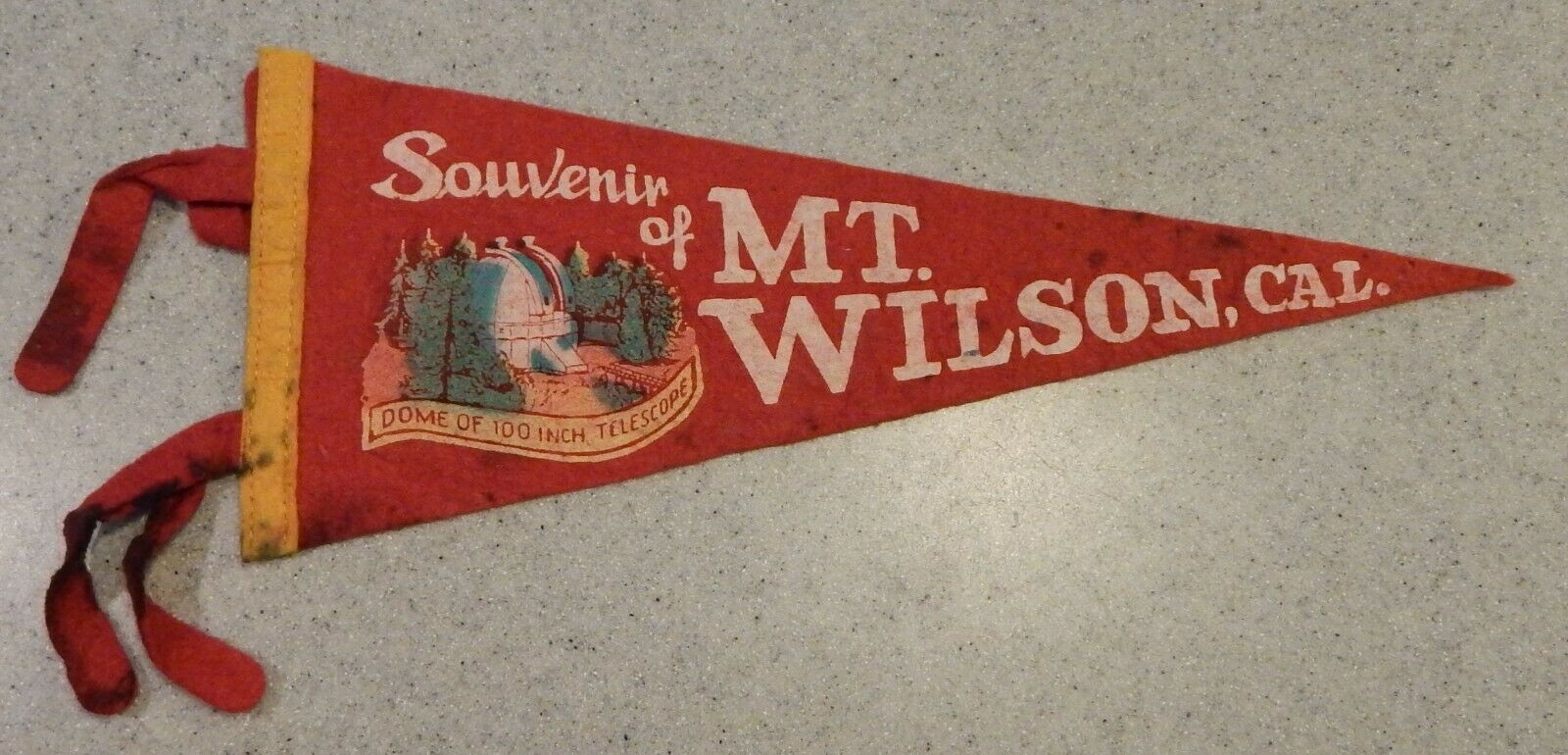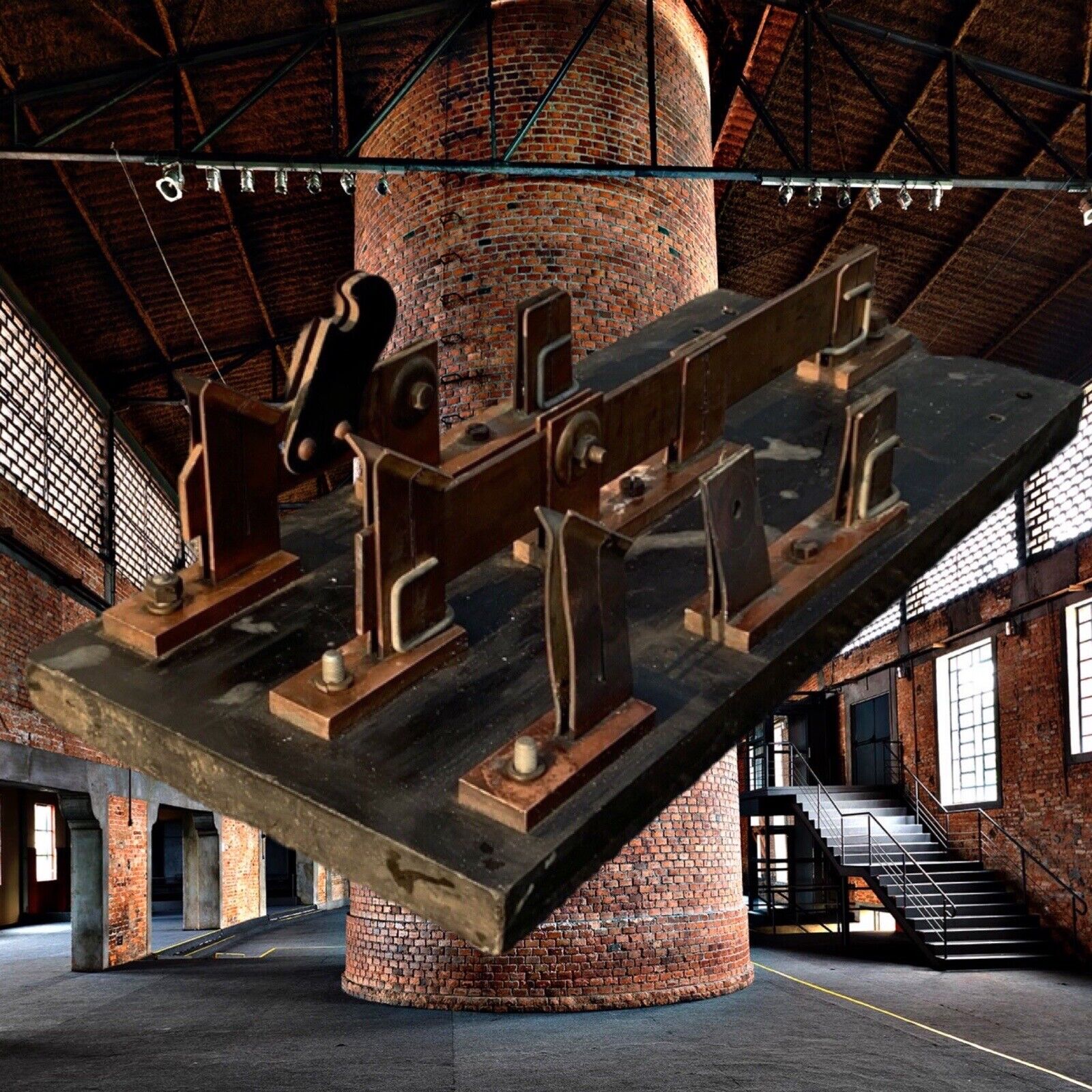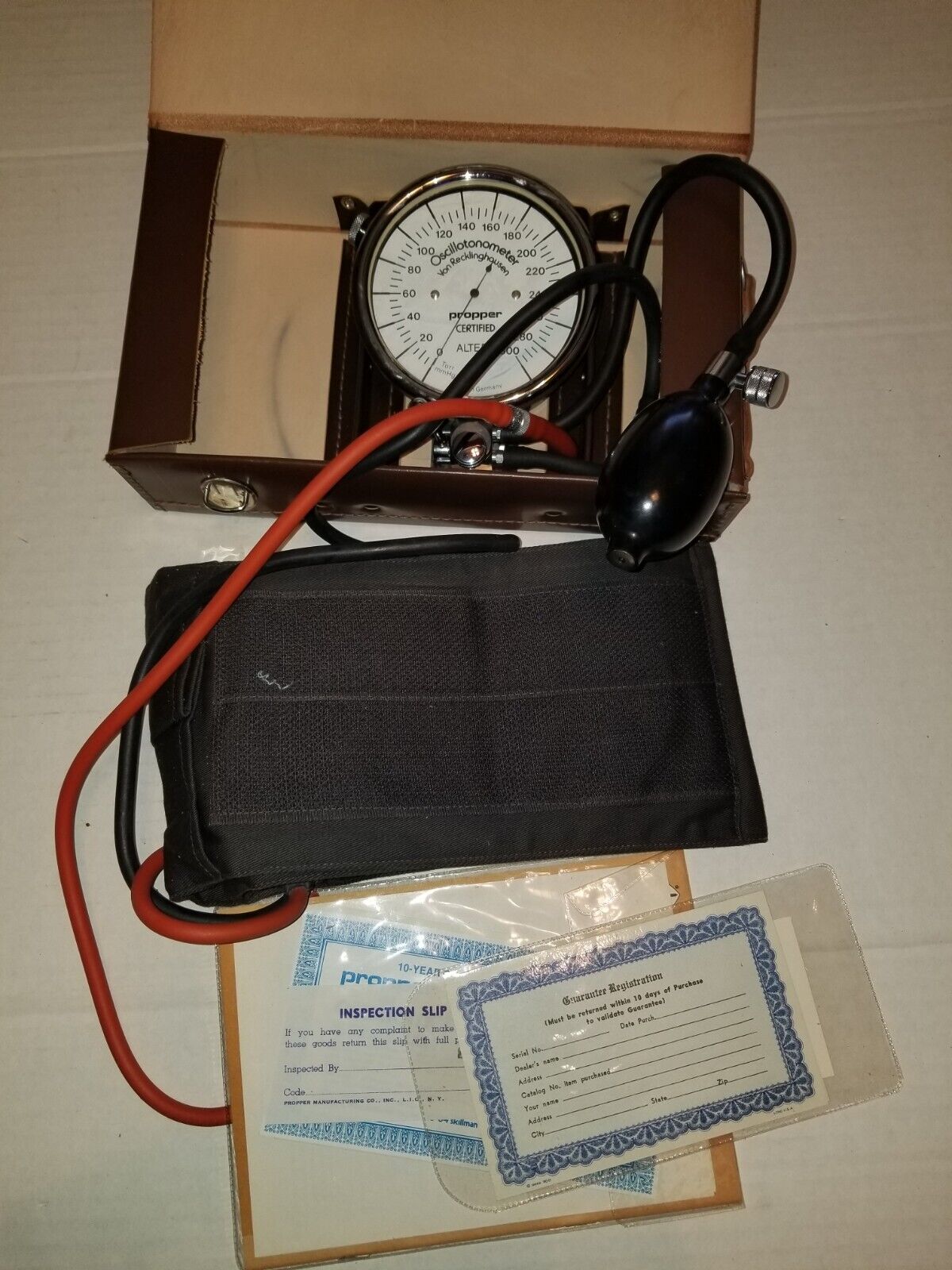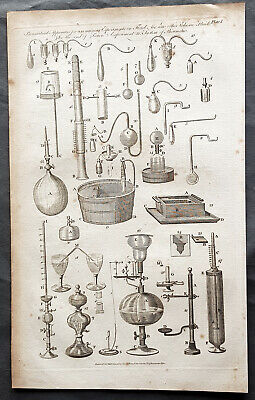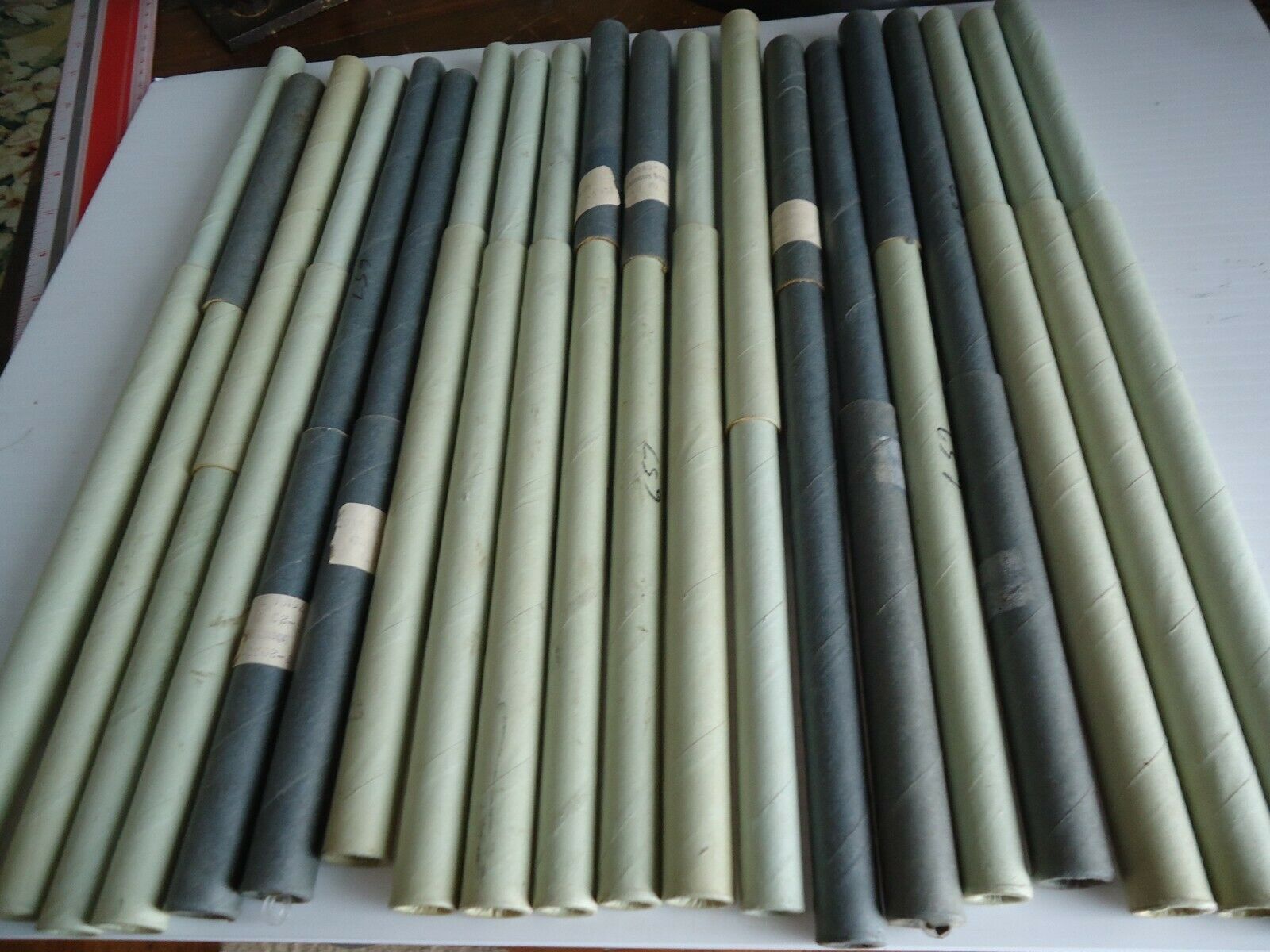-40%
Antique Metric Metal Works Gas Meter 1890s Erie PA
$ 66.52
- Description
- Size Guide
Description
Here is a Metric Metal Works Dry Gas Meter. The meter is circa 1890 and is marked Erie, PA. It measures approximately 11x7x15 and is heavy.It is in very good condition with some wear to the paint and light surface rust in spots.
Please let me know if you have any questions. This is a well used example of a complete American transit made by Queen & Co. about 1895. I think it will clean up well, it is pretty dirty. It is in good working condition, optics are good, cross hairs are present, and all the motions turn smoothly. The focus works fine but needs some oil, moves in and out rather stiffly. As you can see the door on the wood box is apart and appears to be missing pieces to put it back together.
Postage will be if within the US, more if you are outside the US.
Serial number 6677
Angular precision 1 minute
Scope Length 10 3/4 inches
Compass needle 4 1/2 inches
Plate Diameter 6 1/2 inches
Here is some information on Queen and Company:
James Queen
(1811-1890)
James W. Queen (1811–1890), the son of Irish immigrants, was apprenticed to John McAllister & Son of Philadelphia, to learn "the art, trade, and mystery of a merchant." Queen later worked for McAllister, and as a partner in the McAllister firm, before striking out on his own in 1853, and advertising in the 1854 Philadelphia city directory as "Optician, Importer and Dealer in Optical, Mathematical and Philosophical Instruments" at 48 Chestnut Street. At his death, Queen was eulogized as a poor boy whose rise "to a standing among the staunchest business men of his generation" represented "the triumph of force, industry, and skill over outward circumstances." James W. Queen & Co., as the firm became in 1859, was soon the largest and most successful purveyor of scientific apparatus in the United States. In 1860 he became associated with Samuel L. Fox and the firm became James W. Queen & Co. In the year 1870 Mr James W. Queen withdrew, and Mr. S.L. Fox continued and still continues the business under the old title of James W. Queen & Co. Different branches were gradually added until the business became the largest and most comprehensive of its kind in the United States or in the world. For a number of years there was a branch office in New York City.
Queen & Company could not, however, recover from the depression of the early 1890s. Nor could it compete with the more specialized instrument companies that were coming into being, several of which had been established by men who had learned the instrument trade by working for Queen. It was incorporated as Queen & Co. in 1896, became the Queen-Gray Company in 1912, and the Gray Instrument Company in 1926. James Queen retired in 1870 and died in 1890.
Mathematical instruments with Queen's signature began to appear in the 1850s, but most of these seem to have been made by W. & L. E. Gurley. In the 1870s, while still agents for Gurley instruments, J. W. Queen & Co. formed associations with several other mathematical instrument makers, and began instrument production in their own building. By the mid 1880s, the firm was boasting that, with enlarged facilities and tools of the most recent form, they had "entered largely upon the manufacture of ENGINEERS' and SURVEYORS' TRANSITS and LEVELS, and other INSTRUMENTS OF PRECISION of the HIGHEST GRADE." This factory ceased production around 1920.









